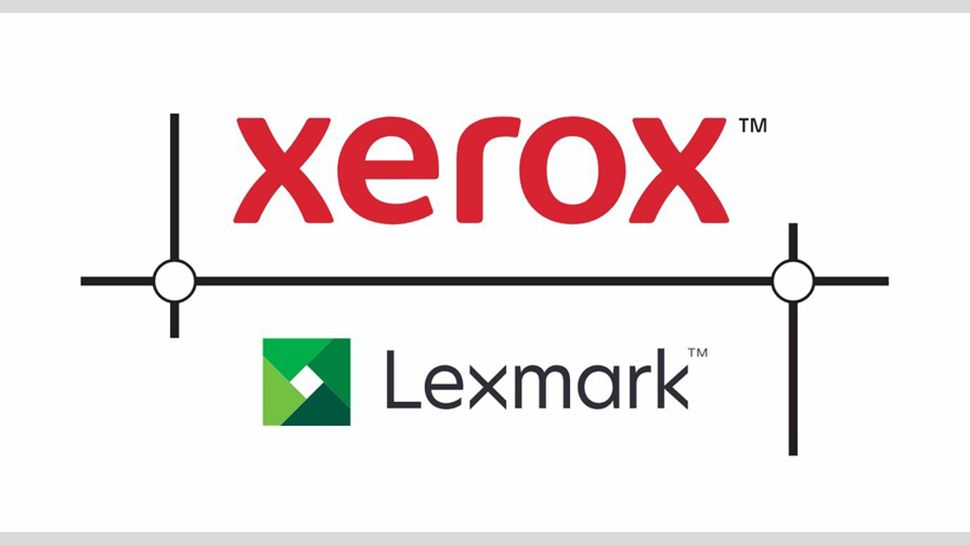It’s not every day you hear a company asking to pay for something. But in our response to the upcoming roll-out of commercial Variable Recurring Payments (VRPs), we’re doing exactly that. To understand why we want banks to charge us, we need to start from the beginning.
In 2016 the Competition and Markets Authority (CMA) introduced a new competition remedy, imposed on the UK’s nine largest retail banks. The intention was to encourage competition and innovation by making banks’ data sets, historically kept locked within their systems, available to third-party fintechs. Enter open banking.
If implemented well, open banking brings about a win-win-win: it gives financial services providers a better understanding of the customer journey, letting them create new product offerings to add to their market appeal. For businesses, these innovations reduce time spent on manual tasks and lower the cost of payments, improving their bottom line. And for consumers, competitive options from financial services providers present better ways to spend, borrow and invest.
Chief Product Officer, GoCardless.
Fintechs take the wheel
Six years on, open banking payments in the UK have grown exponentially (albeit from a small base), doubling in the first half of 2023 compared to the first six months of 2022, before hitting a record high of 14.5 million payments in January 2024. These are impressive milestones, but when you consider there were over 45 billion payments made in the UK in 2022 alone, this is still just a drop in the ocean.
For any technology, it’s a long journey to get to true mass adoption — and we’ve only just taken the first steps. This is especially true for a technology like open banking that requires multiple parties to all get aligned and move in the same direction.
The industry recognizes the potential of open banking. In its latest market review the Payment Systems Regulator (PSR) acknowledges that, if the UK is to break the card-based duopoly, open banking is the way forward. This echoes what Joe Garner highlighted in his Government-commissioned Future of Payments Review last year.
Open banking has the potential to create a lower-cost alternative to card schemes while improving the payment journey for payers, but there are many issues left to address. One of these is creating the right commercial incentives for everyone in the ecosystem. Banks have previously been criticized for treating open banking as a compliance task rather than a commercial activity — and without these incentives in place, they will continue to do so.
That’s why GoCardless is asking banks to charge us for the upcoming roll-out of VRPs.
Make way for VRPs
VRPs are powered by open banking, providing the known and trusted payment experience of Direct Debit, with added speed and security. They are set to be a game changer – consumers will have more control over their payments, businesses get secure, instant settlements and payment fees are lower.
VRPs were introduced for sweeping, or ‘me-to-me’ use cases, in the UK in 2019. This provides an easier way of moving money between two accounts owned by one person, such as transferring money from your savings account to pay off a credit card. For consumers, being able to pay a third party, for example when purchasing products and services, would level up the benefit of VRPs – which is where commercial VRPs come into play. The Government and regulators committed to the introduction of commercial VRPs last April and we are waiting for the kick off of ‘Phase 1’ later this year.
Despite the value they will provide to businesses and consumers, a consultation issued by the PSR suggests that UK banks will have to provide commercial VRPs for free in Phase 1. This may sound like great news for Payment Initiation Service Providers (PISPs) like GoCardless. But in the long run, it will hinder progress.
Fueling future payments
For commercial VRPs to become a competitor to card payments, all stakeholders involved must be incentivized to invest and innovate. This means changing the perception of open banking from a compliance obligation to an exciting new business opportunity, increasing the quality and resilience of the APIs banks provide.
We need to select which banks will provide the most relevant APIs. Since the CMA9 group was established in 2016, neo-banks have become more involved in retail banking. Bank coverage must start high and get higher, rather than staying low.
If banks are incentivized to play their part, then the main innovators in the open banking space – PISPs and AISPs like GoCardless – can test the robustness and quality of the newly-built APIs. We need all players to commit to Phase 1 if we’re to build a stronger Phase 2 and eventually power the mass rollout of VRPs. But to encourage widespread adoption, merchants need to be financially incentivized, meaning fees should be lower than current card acceptance costs.
Beyond Phase 1, more clarity is needed on next steps so the open banking ecosystem can allocate resources accordingly, which will make the path for commercial VRPs clearer.
The rollout of commercial VRPs has to be done right to realize its potential and improve the overall payment experience. Incentives to drive in the right direction from the start will create a smoother road for the future. But this means making PISPs pay. We, for one, are ready.
We list the best mobile credit card processors.
This article was produced as part of TechRadarPro’s Expert Insights channel where we feature the best and brightest minds in the technology industry today. The views expressed here are those of the author and are not necessarily those of TechRadarPro or Future plc. If you are interested in contributing find out more here: https://www.techradar.com/news/submit-your-story-to-techradar-pro





